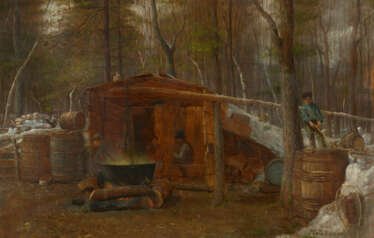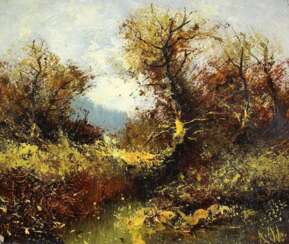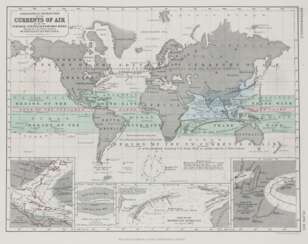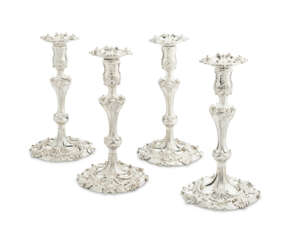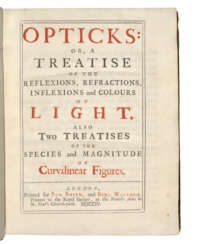john johnston

John Singleton Copley was an Anglo-American painter, active in both colonial America and England. He was probably born in Boston, Massachusetts, to Richard and Mary Singleton Copley, both Anglo-Irish. After becoming well-established as a portrait painter of the wealthy in colonial New England, he moved to London in 1774, never returning to America. In London, he met considerable success as a portraitist for the next two decades, and also painted a number of large history paintings, which were innovative in their readiness to depict modern subjects and modern dress. His later years were less successful, and he died heavily in debt.


Eastman Johnson was a nineteenth-century American artist. He was known as a master of domestic and portrait genres. Johnson was a proponent of realism in art, his style was greatly influenced by the works of the Dutch and Flemish painters of the 17th century. Contemporaries often called him the "American Rembrandt".
Eastman Johnson in his paintings depicted for posterity many prominent historical figures and everyday life of his contemporaries - ordinary citizens of the United States. Many of his works of the domestic genre were devoted to the lives of black slaves. It was these works that brought the artist widespread fame, and in 1860 he was elected a full member of the National Academy of Design.
Johnson is one of the founders of the Metropolitan Museum of Art in New York, which now houses some of his paintings.

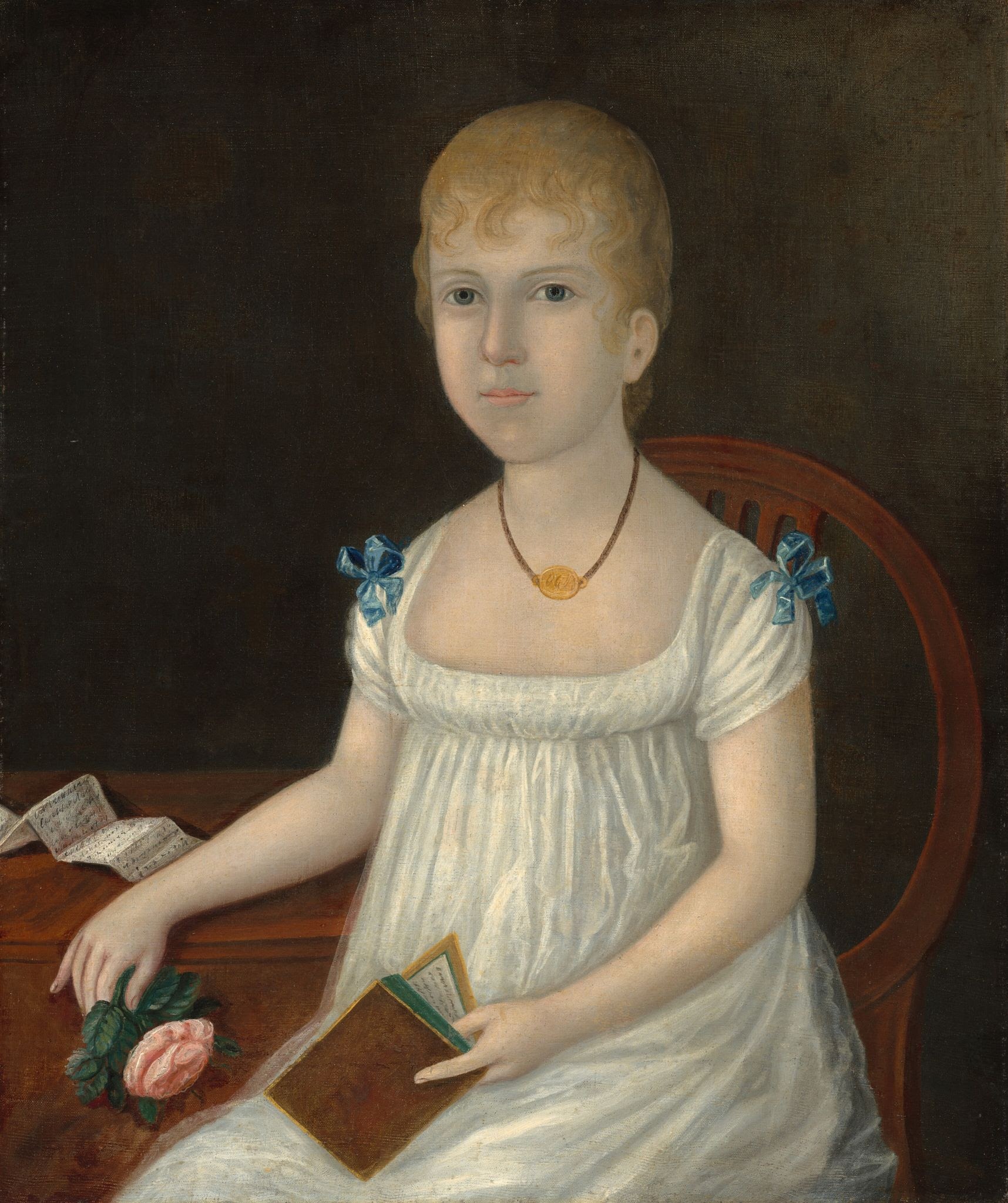




Gwyneth Johnstone was an English painter who worked on oil and created landscapes containing individuals in modern landscapes starting from the 1950s. Born as the illegitimate daughter to the musician Nora Brownsford and the artist Augustus John, she enrolled at the Slade School of Fine Art and later the Académie de la Grande Chaumière. Johnstone's work was exhibited in art galleries across the United Kingdom and abroad from the 1960s to the late 2000s.


Gwyneth Johnstone was an English painter who worked on oil and created landscapes containing individuals in modern landscapes starting from the 1950s. Born as the illegitimate daughter to the musician Nora Brownsford and the artist Augustus John, she enrolled at the Slade School of Fine Art and later the Académie de la Grande Chaumière. Johnstone's work was exhibited in art galleries across the United Kingdom and abroad from the 1960s to the late 2000s.


Gwyneth Johnstone was an English painter who worked on oil and created landscapes containing individuals in modern landscapes starting from the 1950s. Born as the illegitimate daughter to the musician Nora Brownsford and the artist Augustus John, she enrolled at the Slade School of Fine Art and later the Académie de la Grande Chaumière. Johnstone's work was exhibited in art galleries across the United Kingdom and abroad from the 1960s to the late 2000s.


Gwyneth Johnstone was an English painter who worked on oil and created landscapes containing individuals in modern landscapes starting from the 1950s. Born as the illegitimate daughter to the musician Nora Brownsford and the artist Augustus John, she enrolled at the Slade School of Fine Art and later the Académie de la Grande Chaumière. Johnstone's work was exhibited in art galleries across the United Kingdom and abroad from the 1960s to the late 2000s.


Isaac Newton was an English mathematician, physicist, astronomer, alchemist, theologian, and author (described in his time as a "natural philosopher"), widely recognised as one of the greatest mathematicians and physicists and among the most influential scientists of all time. He was a key figure in the philosophical revolution known as the Enlightenment. His book Philosophiæ Naturalis Principia Mathematica (Mathematical Principles of Natural Philosophy), first published in 1687, established classical mechanics. Newton also made seminal contributions to optics, and shares credit with German mathematician Gottfried Wilhelm Leibniz for developing infinitesimal calculus.
In the Principia, Newton formulated the laws of motion and universal gravitation that formed the dominant scientific viewpoint until it was superseded by the theory of relativity. Newton used his mathematical description of gravity to derive Kepler's laws of planetary motion, account for tides, the trajectories of comets, the precession of the equinoxes and other phenomena, eradicating doubt about the Solar System's heliocentricity. He demonstrated that the motion of objects on Earth and celestial bodies could be accounted for by the same principles. Newton's inference that the Earth is an oblate spheroid was later confirmed by the geodetic measurements of Maupertuis, La Condamine, and others, convincing most European scientists of the superiority of Newtonian mechanics over earlier systems.



